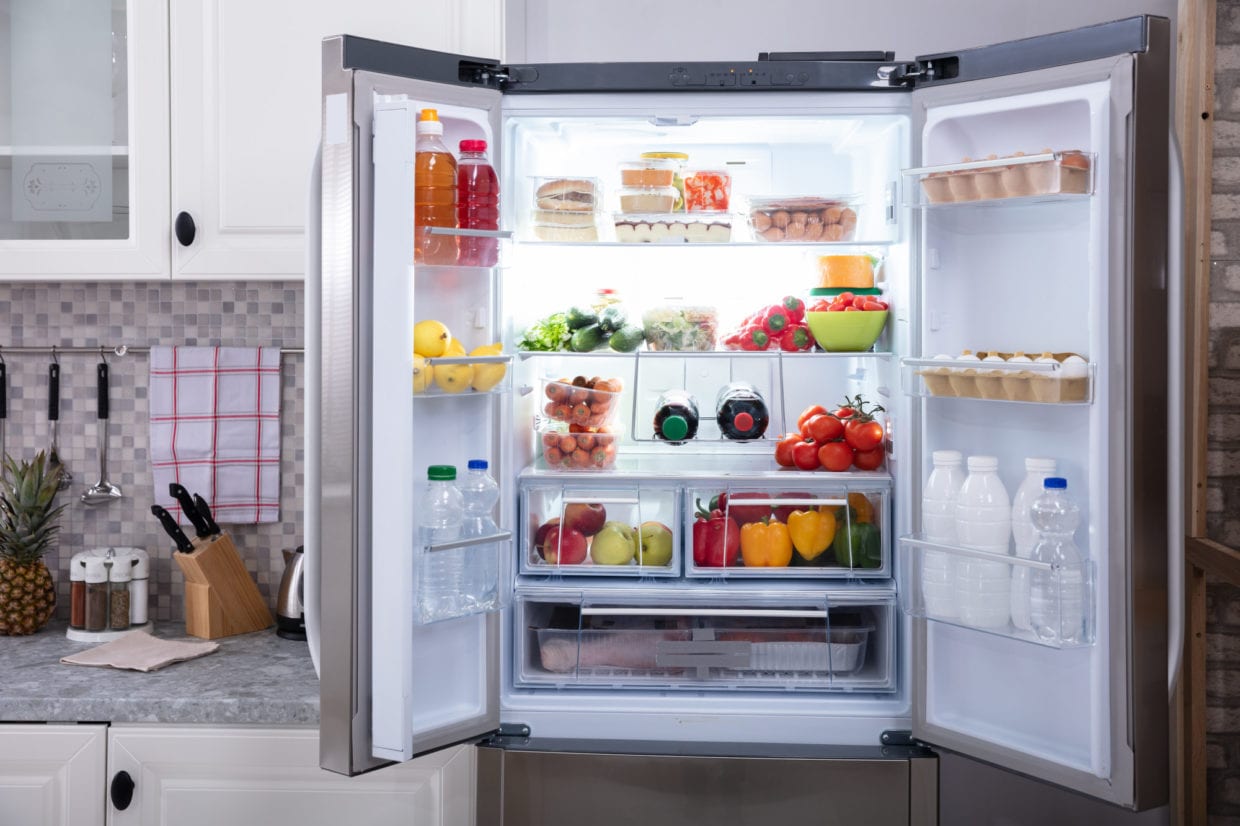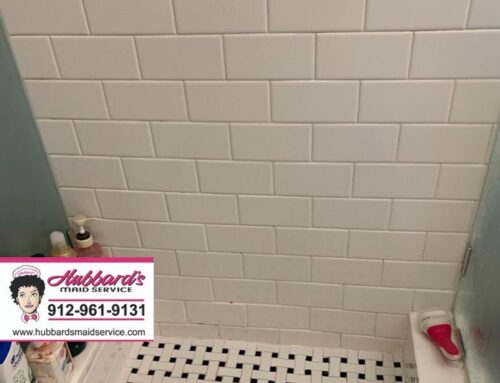Stubborn fridge smells can be hard to get rid of. There’s nothing worse than imagining a delicious meal, only to have bad odors ruin your appetite. Refrigerators should be cleaned every three months to prevent the buildup of mold and reduce bacterial growth, which can lead to these nasty whiffs!
But what happens when those bad smells just won’t go away? It can be tempting to shut the door and ignore your fridge funk, but chances are, it will only get worse with time. Fortunately, with this quick guide, you can neutralize odors and restore that fresh feeling to your kitchen.
Keep reading to discover our top tips for eliminating unwanted odors in your kitchen.
Equipment You Will Need
Before you get started cleaning a refrigerator, you’ll need to gather your supplies. Here’s what you’ll need:
- Chlorine Bleach
- Baking Soda
- Scourer x2
- Air Tight Containers
It’s also a good idea to purchase a pair of cleaning gloves and wear clothing that you don’t mind getting messy.
1. Sort and Contain
It might seem obvious, but it’s surprising how many people forget to check the use-by dates on food stored in their refrigerator — particularly when it comes to condiments and jars.
Now, if your fridge is smelling really funky, you’ll probably be able to sniff out the culprit immediately. After all, half-rotten lettuce chilling at the bottom of your vegetable shelf is pretty obvious! But sometimes, it’s hard to identify where your smell is coming from.
That’s why it’s always a good idea to begin your deep clean by emptying your entire refrigerator and checking the expiration dates on all items. As well as creating unwanted odors, expired food can make you and your family unwell, so don’t chance it.
2. Start Your Deep Clean
Once your fridge is emptied, it’s time to start your deep clean. Normally, a household antibacterial spray will do the trick. But when you’re trying to get rid of a nasty smell, you’ll need to turn to something stronger.
Mix a cap full of chlorine bleach with five liters of water, and then pop on your cleaning gloves. This is an important step, as bleach can weaken your skin, causing dryness and inflammation. Now, it’s time to get to work.
First, remove your refrigerator’s shelving and give it a thorough clean. If you can, leave it to air dry outside to banish those smells for good. Then, grab your scourer and go to town on the inside of your refrigerator. Scrub the walls, roof, and base until all the stains have gone and you can no longer smell any odors.
To finish, use a towel to dry the inside and replace the shelving. The whole process should take around an hour, but you’ll reduce it if you keep on top of your maintenance cleaning.
3. Check for Buildup
If you notice the bad smell returning after cleaning your refrigerator, it could be the sign of a bigger problem, like blocked drains inside the fridge itself.
While your refrigerator is still empty, check that nothing is clogging up the drains. If you don’t know what these are, they’re small holes in the bottom corners and back of your refrigerator that allow excess water to drain off. Unfortunately, they can also get jammed with small bits of food in your refrigerator: Lettuce leaves, herbs, and vegetable peelings are all common culprits.
If your fridge is clogged, you might be able to remove the debris yourself. Otherwise, you’ll need to get your refrigerator serviced by an expert.
4. Make a Baking Soda Bath
Baking soda has neutralizing properties that are great for removing refrigerator odors. To give your unwanted fridge smell the final kick, make a baking soda bath by mixing baking soda and water in a bowl. Leave it on the middle shelf for a couple of hours. You’ll return to a fresh-smelling fridge that’s ready to be refilled.
5. Organize and Refill
One of the reasons unwanted smells appear in the first place is that food isn’t stored correctly in your refrigerator. It’s understandable: When you’re rushing to cook after a long day, you might open tins, jars, and other perishable items and then just leave them on the shelf in a hurry.
Avoid this bad practice by organizing your fridge using airtight containers for open items. We recommend buying a variety of containers in different shapes and sizes so that you can use them to organize your fridge, as well as keep your food fresh.
For example, try using one color container for dairy and another for meat. This will encourage you to separate food groups and remember which ones go bad fastest. You can even use labels to make it easy to tell when something will go bad. That way, even the kids can help you stay on top of your refrigerator maintenance.
6. Make Sure the Temperature Is Correct
Your refrigerator’s temperature is very important. Too hot, and your food will rot too quickly and you’ll get another nasty odor. Too cold, and your food will freeze, making it unusable.
The ideal temperature for your fridge is between 37-40 degrees Fahrenheit (or 4 and 5 degrees celsius). Your freezer should be set at 0-4 degrees Fahrenheit.
Fixing the temperature on the refrigerator is an easy way to prevent your bad smell from reoccurring. Another great option is to switch to a modern refrigerator that utilizes antimicrobial technology to prevent bacterial growth on the surfaces of the fridge and eliminate odor-causing microbes.
Say Goodbye to Unpleasant Fridge Smells For Good
No one wants unpleasant fridge smells to ruin their appetite, so use this six-step guide to eliminate them for good.
Struggling to find the time? Get in touch. Hubbard’s Maid Service offers professional cleaning and housekeeping services that will keep your home sparkling all year round. Request a quote to get started, and we’ll help you fix those refrigerator woes!






